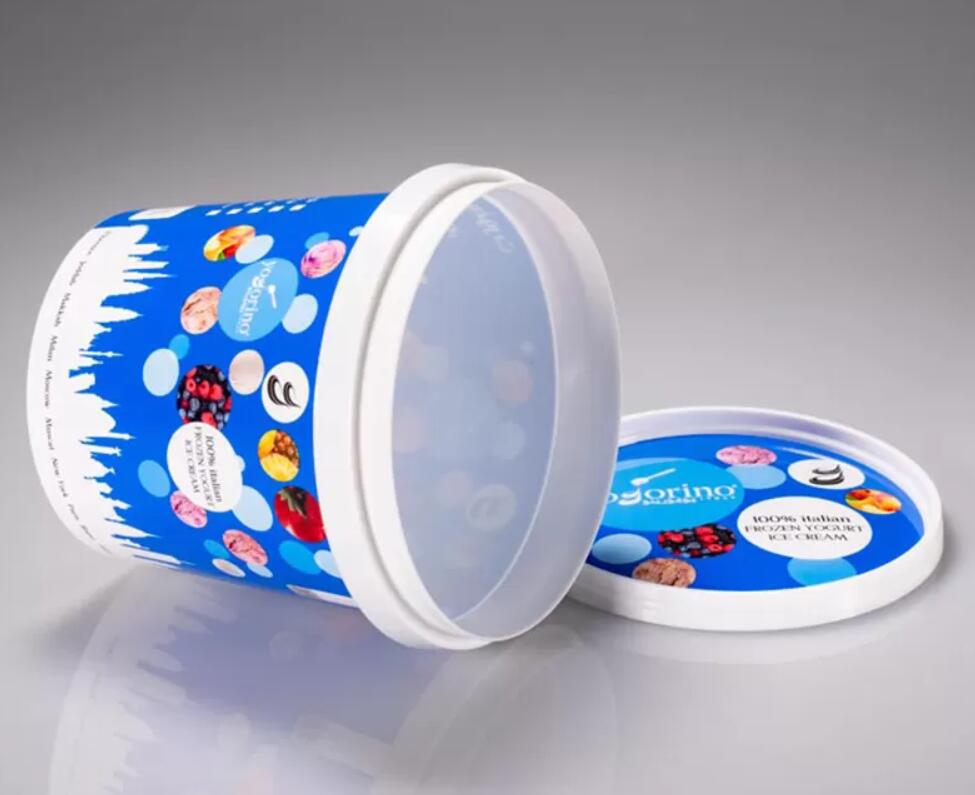Apr. 20, 2023
Packaging & Printing
In-Mold Labeling (IML) packaging is a process of applying labels to containers during the manufacturing process. This innovative technology has gained popularity in recent years due to its versatility, cost-effectiveness, and sustainability. In this article, we will explore IML packaging, its benefits, and how it compares to other forms of packaging.
What is IML Packaging?
IML packaging involves placing a pre-printed plastic label inside a mold before the injection molding process takes place. The label is then fused with the plastic container during the molding process, creating a seamless and durable bond. This process allows for high-quality graphics and text to be printed on the label, making it a great choice for branding and marketing.
Benefits of IML Packaging
Versatility
IML packaging is versatile, and it can be used in various industries, including food and beverage, cosmetics, and pharmaceuticals. The process can be used to create containers of different shapes, sizes, and colors. Additionally, the labels can be customized to meet the unique needs of each client.
Durability
The labels used in IML Food Packaging are durable and resistant to water, scratching, and fading. The labels are fused with the plastic container during the molding process, creating a bond that cannot be easily separated. This ensures that the branding and messaging on the container remains intact throughout the product's lifecycle.

Cost-effectiveness
IML packaging is a cost-effective alternative to other forms of labeling and packaging. The process eliminates the need for post-production labeling, reducing the overall production costs. Additionally, IML packaging reduces the waste produced during the manufacturing process, making it a sustainable option.
Sustainability
Related links:IML packaging is a sustainable form of packaging. The process eliminates the need for post-production labeling, reducing the amount of waste produced. Additionally, the labels used in IML packaging are made from recyclable materials, making it a more eco-friendly option.
Comparison with other forms of packaging
IML packaging is a relatively new technology, and it is still being compared with other forms of packaging. Here are some of the comparisons:
IML vs. traditional labeling
Traditional labeling involves applying a label to a container after the production process is complete. This process is time-consuming and labor-intensive, resulting in higher production costs. Additionally, the labels used in traditional labeling are more prone to damage and fading. IML packaging eliminates the need for post-production labeling, reducing the production costs and increasing the durability of the label.
IML vs. shrink sleeve labeling
Shrink sleeve labeling involves wrapping a plastic film around a container and heating it to create a snug fit. This process creates a seamless label that covers the entire container's surface. While shrink sleeve labeling is versatile, it is not as durable as IML packaging. The labels used in shrink sleeve labeling can easily peel off, resulting in a loss of branding and messaging.
Conclusion
IML packaging is a versatile, durable, and cost-effective form of packaging. Its sustainability and versatility make it an excellent choice for businesses looking for a more eco-friendly and customizable packaging option. With the growth of the packaging industry, it is important to adopt new technologies like IML packaging to stay competitive and meet the changing demands of consumers.Learn more
Previous: Characteristics of Glass Liquor Bottles
Next: Heart Shaped Chocolate Boxes: The Symbol of Valentine’s Day
Related Articles
If you are interested in sending in a Guest Blogger Submission,welcome to write for us!
All Comments ( 0 )